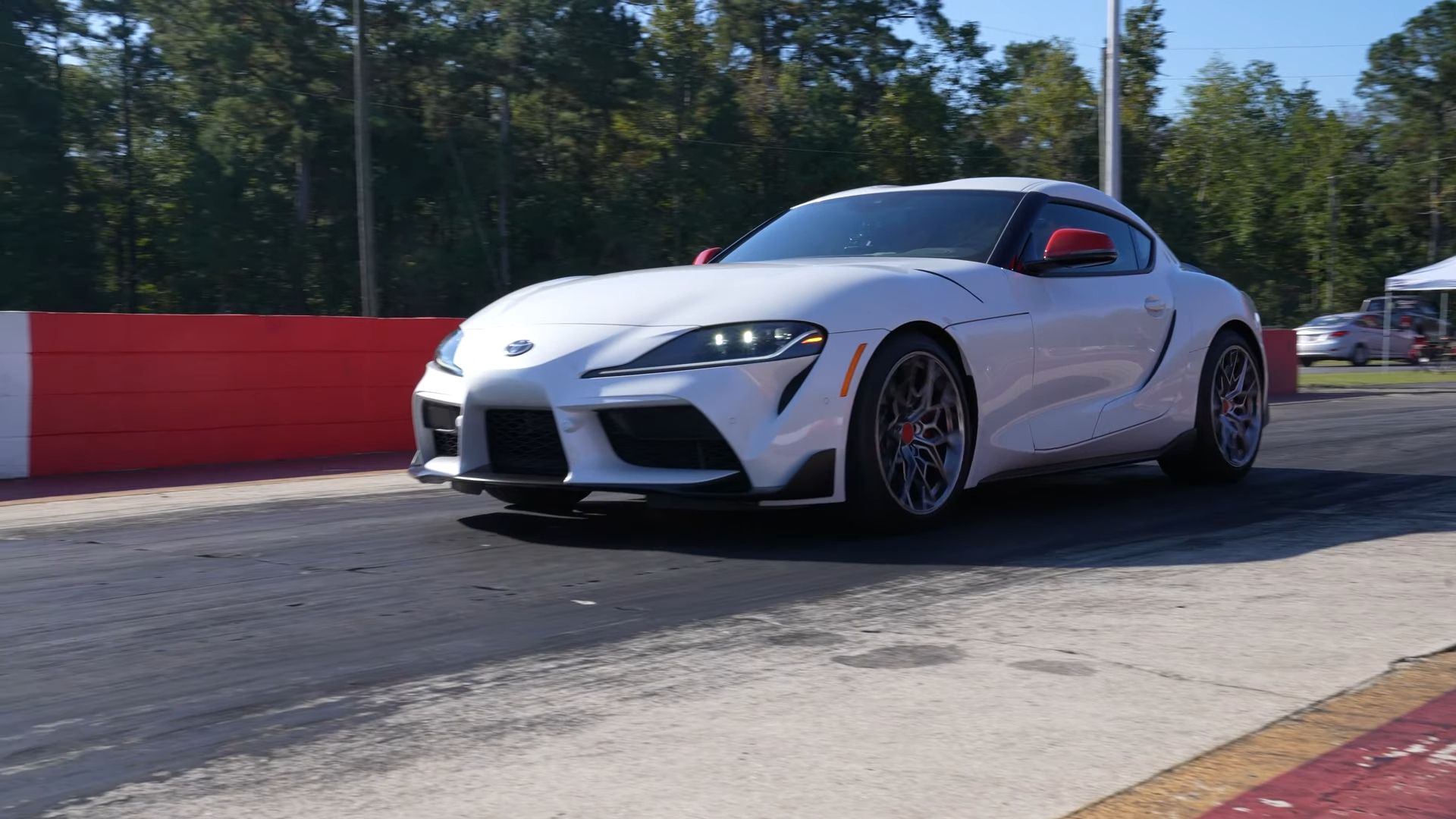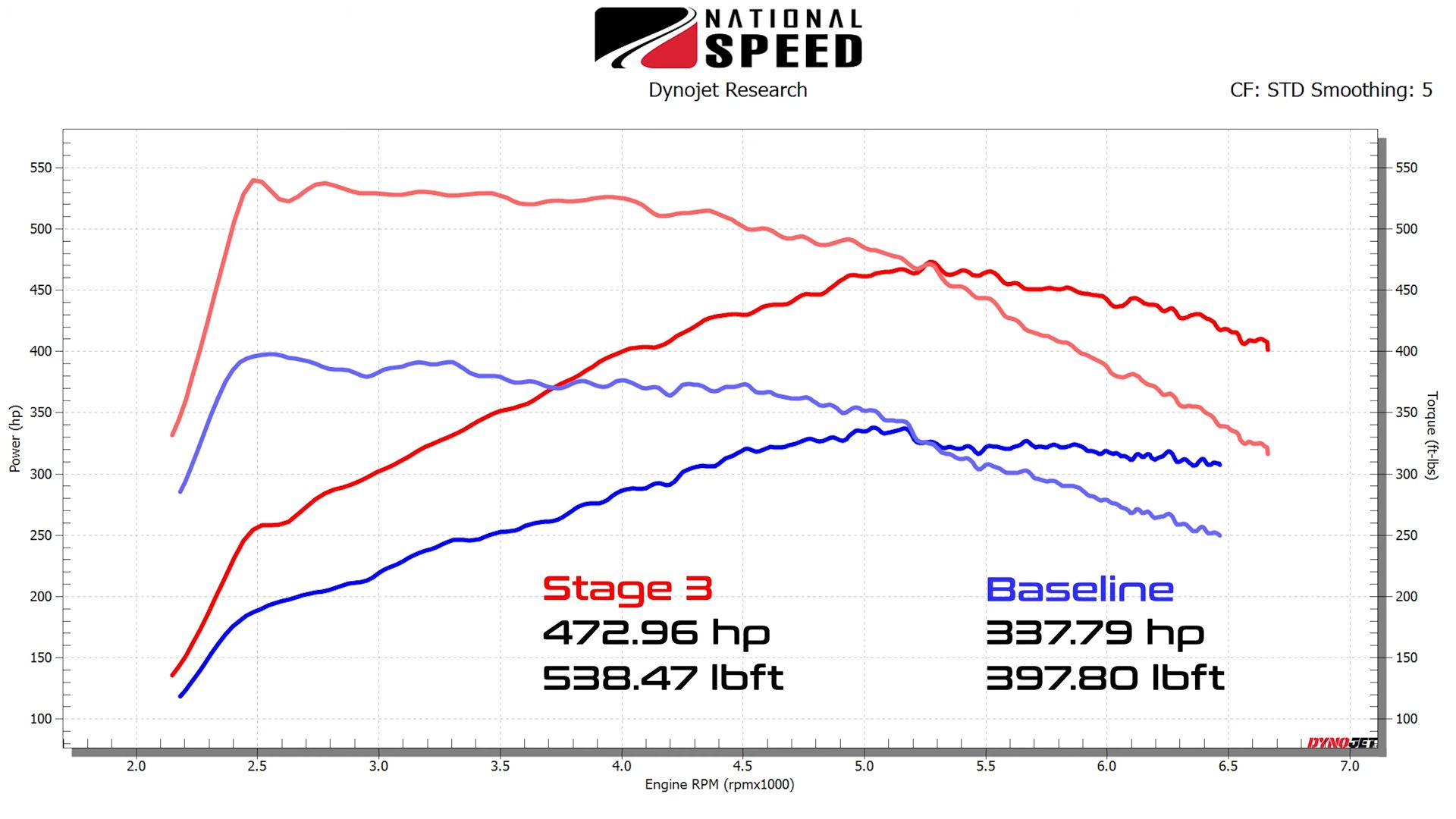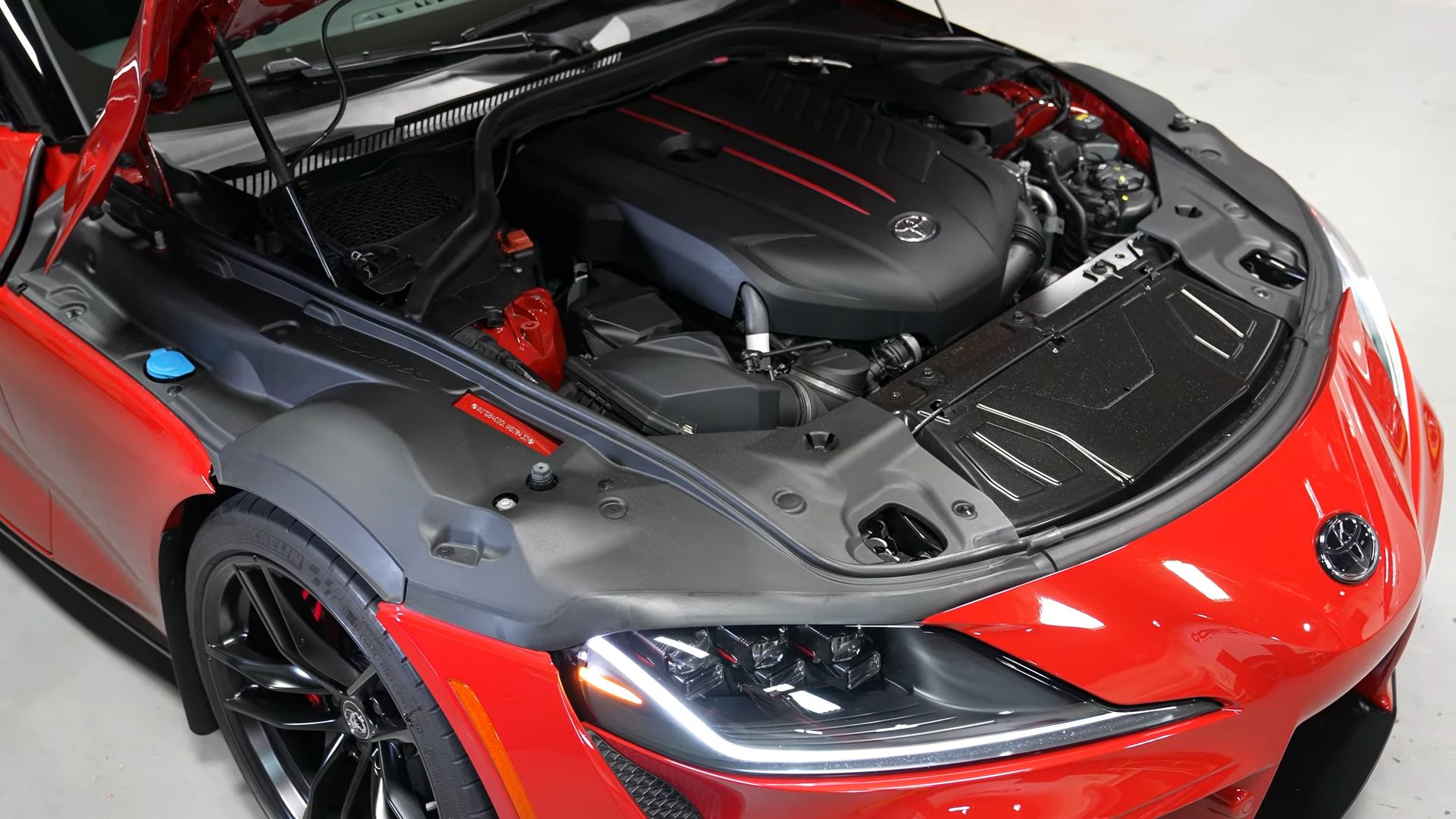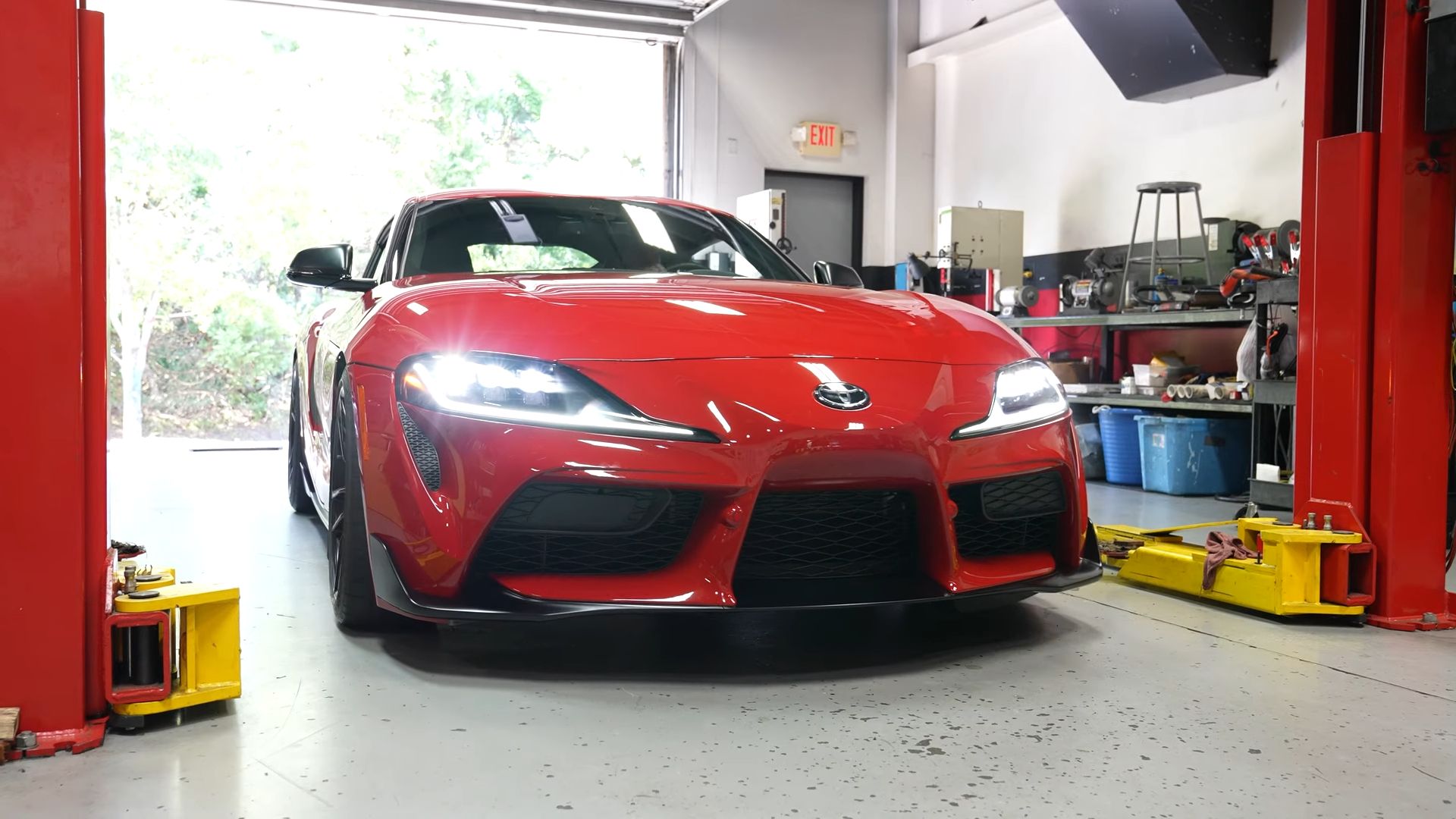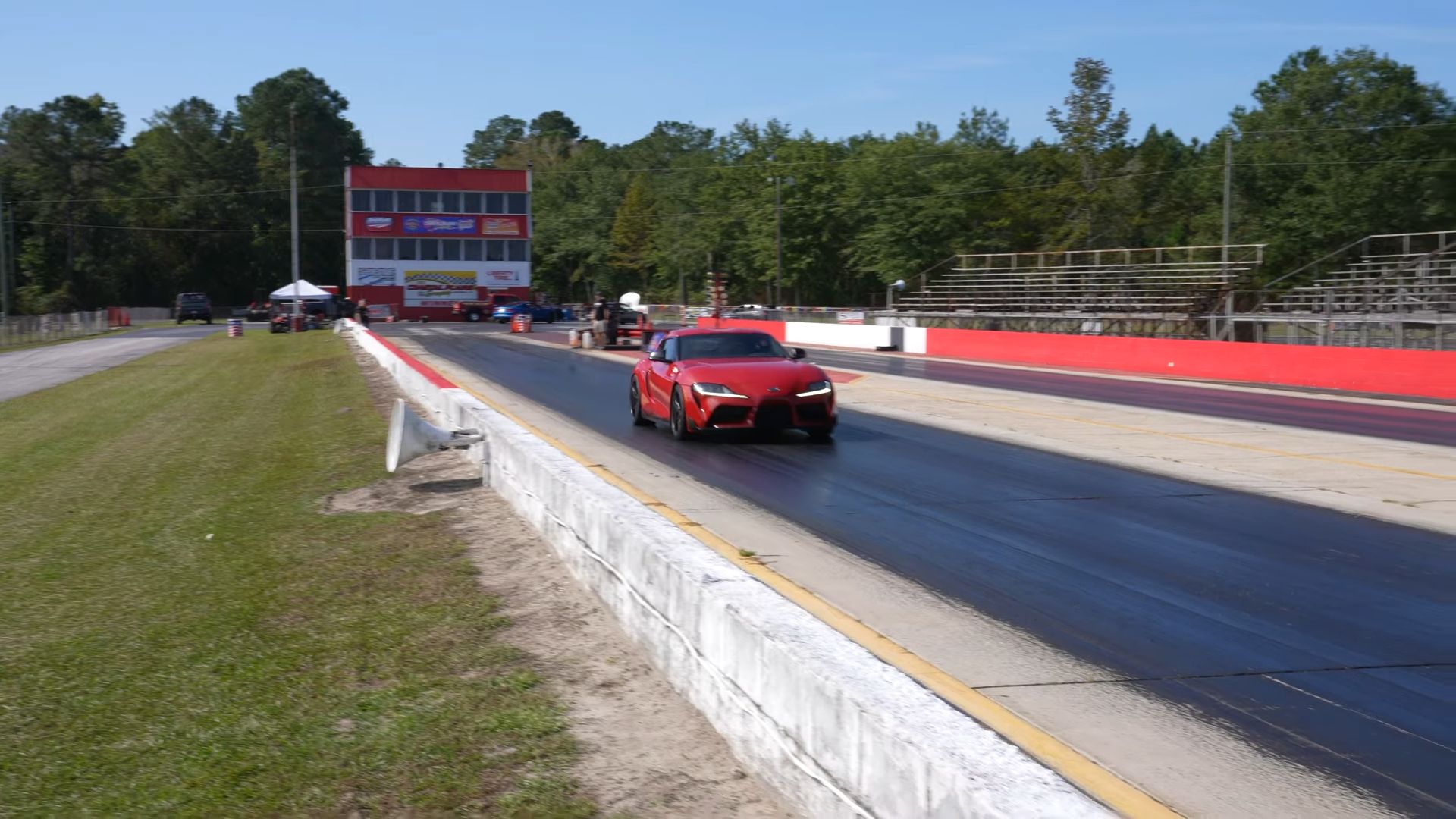While the Toyota GR Supra was met with mixed feelings because of its BMW underpinnings, it has already proven that it can punch well above its weight. That said, the real question is, how well does the GR Supra react to modifications? The specialists from National Speed give an answer by taking a 2020 GR Supra and giving it their usual treatment. The results are quite astonishing.
What are the upgrades for the Toyota GR Supra?
To showcase just how well the GR Supra takes the “must-have” modifications, National Speed is giving the sports coupe a three-stage treatment. National Speed}.
All of the stage packages are designed to build upon the previous one includes only an ECU tune by Ecutek and National Speed’s in-house ECU bench-unlock, which is required on some 2020 GR Supras.
Stage 1 adds an MST air-intake with an optional MST inlet tube and an AMS, three-inch charge pipe, designed to handle more boost reliably while also Stage 2. According to the tuner, MST's products are the most cost-effective in terms of accomodating for water-methanol injection.
performance, quality, and price features all of the above and adds a downpipe from Extreme Turbo Systems (ETS) with an integrated, EPA-compliant, GEPi, high-flow catalytic converter.
How much power does a stock, 2020 GR Supra actually make?
For the 2020 model year, the Toyota GR Supra was still rated at 335 horsepower at 6,000 to 6,500 RPM and 365 pound-feet (495 Nm) at 1,600 to 4,500 RPM. The stock dyno run revealed 337.79 horsepower and 397.8 pound-feet (539 Nm) at the rear wheels, on 93-octane. Similar numbers have been laid down by other GR Supras, which confirms the baseline figures.
Stage 1 dyno run
After the ECU flash, followed by an ECU tune, the GR Supra goes for another run. The end result was 420.89 horsepower and 501.44 pound-feet (680 Nm) to the wheels. The power and torque curves remained very close to stock, with peak torque arriving at around 2,600 RPM and peak horsepower, at around 5,750 RPM.
This translates to peak gains of 83.1 horsepower and 103.64 pound-feet (140.5 Nm), and maximum gains of 98.94 horsepower and 105.15 pound-feet (142.56 Nm) at the wheels.
Stage 2 dyno run
The 2020 GR Supra receives the MST air intake, the optional MST turbo inlet, and the AMS charge pipe. After flashing the Stage 2 file and fine-tuning it, the Toyota makes another dyno pull. Peak horsepower and torque figures remained almost identical at 420.62 horsepower and 501.44 pound-feet versus 420.89 horsepower and 500.66 pound-feet.
That said, there is an increase in maximum gains of 13.24 horsepower and 11.8 pound-feet (16 Nm).
Stage 3 dyno run
The installment of the ETS downpipe is expected to bear great results. There’s also an ETS Pro series downpipe, but the benefit of that is felt at really high power levels. Regardless, the Stage 3 dyno pull reveals 472.96 horsepower and 538.47 pound-feet (730 Nm) at the rear wheels, which translates to around 560 horsepower at the crankshaft.
With Stage 3, the GR Supra has peak gains of 135.17 horsepower and 140.6 pound-feet (190.63 Nm) and maximum gains of 146.64 horsepower and 155.11 pound-feet (210.3 Nm), compared to the baseline.
Stock vs Stage 3 Quarter-mile performance
A stock, 2020 Toyota GR Supra lays down the benchmark time. The unmodified GR Supra manages an initial run of 12.72 seconds at 109.48 mph (176.2 km/h). The best stock run was 12.67 seconds at 107.22 mph (172.55 km/h) with a second-gear launch. The stock GR Supra also managed a 0 to 60 mph (97 km/h) sprint in 4.46 seconds.
The Stage 3 GR Supra proved too powerful for the drag strip. The Stage 3 car has 285/35R-19 Nitto NT555RT drag radials, the track was not radial-prepped. Essentially, the car struggled for traction. Still, the first run resulted in a quarter-mile time of 11.42 seconds at 119.91 mph (192.97 km/h), with a best run of 11.35 seconds at 119.42 mph (192.18 km/h), and a 0 to 60 mph (97 km/h) time of 3.4 seconds.
The tuners reckon that with a radial-prepped track and better weather conditions, their 2020, Stage 3 Toyota GR Supra can sneak into the high-10 seconds. While we are yet to see whether it makes it or not, it is worth mentioning that all those performance gains were achieved on a stock engine with the stock turbocharger and fuel system.


